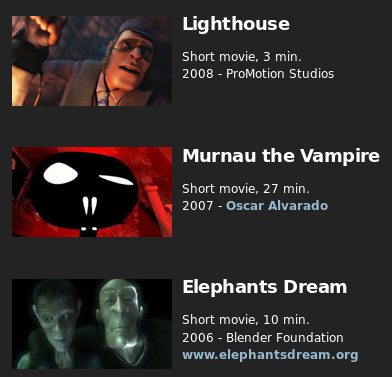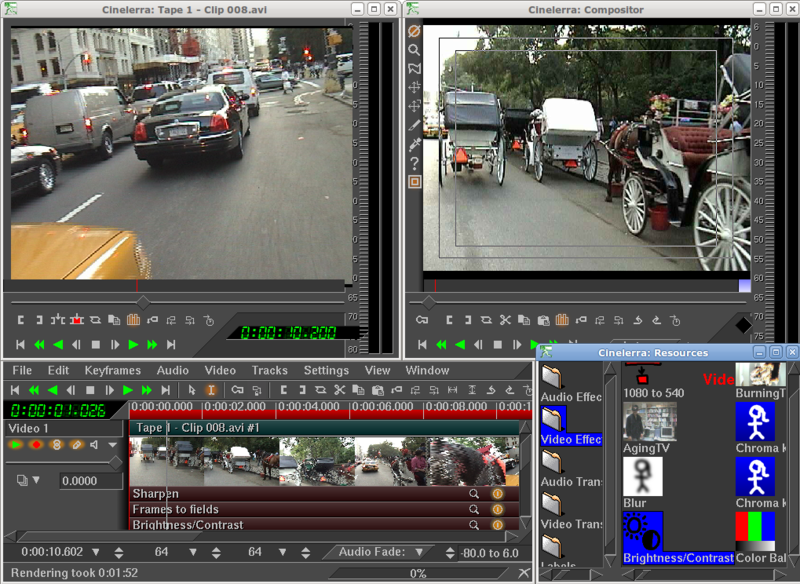Linux gets my pick as the best multi-media production platform because it is flexible, efficient, and secure. Your system resources are going to your work, rather than in supporting a bloaty operating system further bogged down by marginally-effective anti-malware software. In our previous installment we covered a range of excellent drawing and painting, photography, 3D rendering, and desktop publishing applications for Linux. And my favorite Linux distros for serious multi-media production.
Today we’re going to enjoy a tasty sampling of the high-quality video creation and editing software for Linux. You oldtimers are probably familiar with these, but there are more Linux newcomers than ever, so let’s start with…
OpenShot
I really really really like OpenShot. It probably won’t impress professional videographers who like having a million bells and whistles (or maybe it will), but it impresses me for its useful feature set and excellent user interface. This is my #1 choice for beginning video editors because of its ease-of-use, and its well-chosen feature set.
It supports high-definition video, Blu-Ray, 3D, tethered shooting, integration of video, audio, and still images, all the usual effects such as scrolling titles, pans, and fades, animations, speed changes, audio mixing, export to multiple formats and quality levels including YouTube and Vimeo, and tons more. It is under active development and has great community support. This may be the only video program you’ll ever need.
Blender
Blender is a fabulously sophisticated 3D computer graphics and animation creator. Check out the Blender gallery for a sampling of movies created with Blender. It supports a large range of high-end abilities such as ray-tracing, key-frame animation tools, object tracking, super nice character modeling, realistic physics for great liquid and smoke/mist/gas effects, and realistic movements of objects and characters, and excellent realistic light effects.

The main learning curve with Blender is developing a grasp of all of these concepts; once you get that part down it’s like a light goes on and everything makes sense. It also has a nice game-creation module, and superior compositing.
Cinelarra
Cinelarra is for video producers who need more than OpenShot, and who want a native Linux professional-quality video editor that supports high-resolution audio and video, and advanced features such as hue and saturation, overlays, denoising, compression, normalization, time stretching, realtime effects, nested sequences, color balance, image flipping, text-to-movie, batch render and batch capture, compositing, and much more. Cinelarra has nice integration between audio and video, and makes it easy to control synchronization. Blender and Cinelarra work well together; create your splendid animations in Blender and then integrate them into a movie in Cinelarra.
Cinelarra has two versions: the unsupported community version and a commercial edition. Every six months the nice Cinelarra developers release the latest source code. It’s not widely available in the usual distro repositories, but the good Cinelerra-CV folks bundle it up into Arch, Debian, Fedora, Ubuntu, and other distro packages. There is a Cinelarra PPA— Personal Package Archive– for Ubuntu users. PPAs are user-supported repositories for specific applications, like Cinelarra. They’re not official repos, but they allow you to use your normal Ubuntu package manager to install and remove third-party software.
Of course there are many more good video editors for Linux such as Kdenlive, PiTiVi, Avidemux, and Lightworks for Linux keeps getting a lot of attention even though it’s still vapor. It is a feast of riches, so enjoy!


